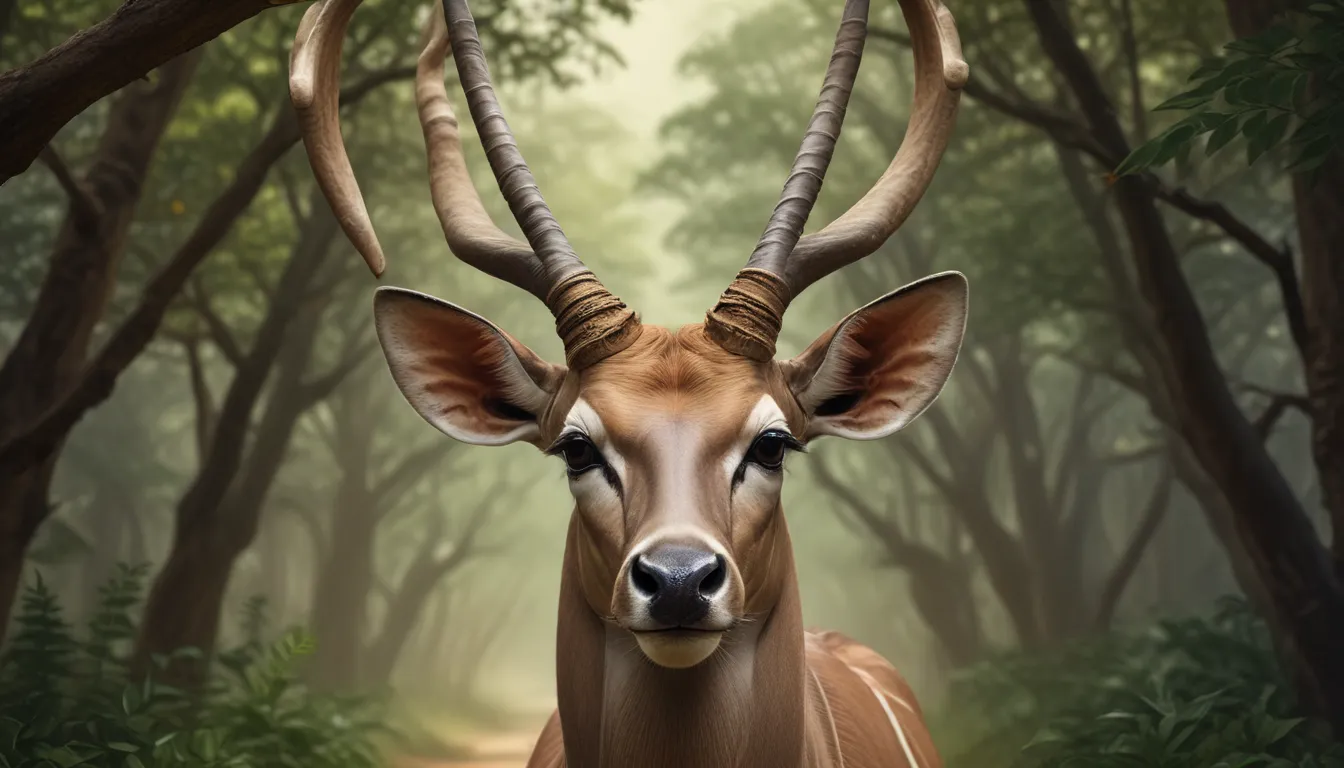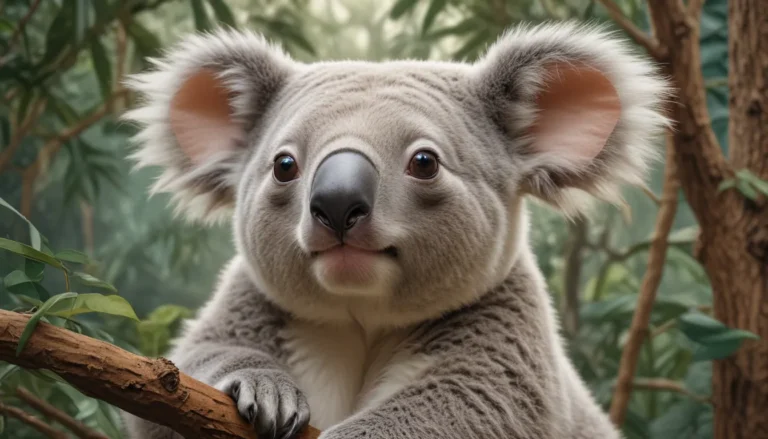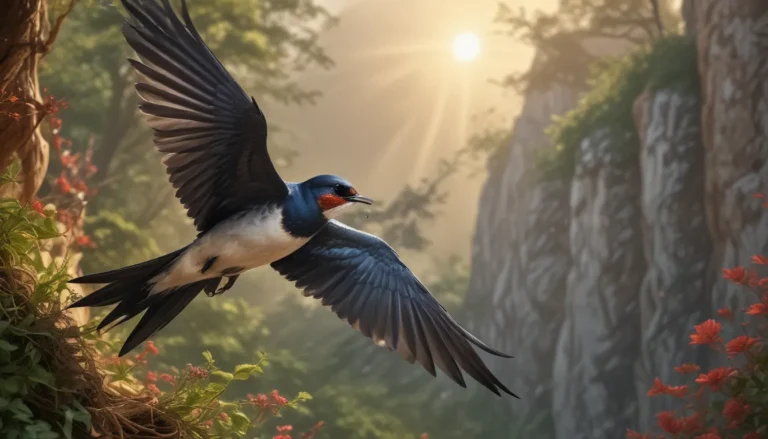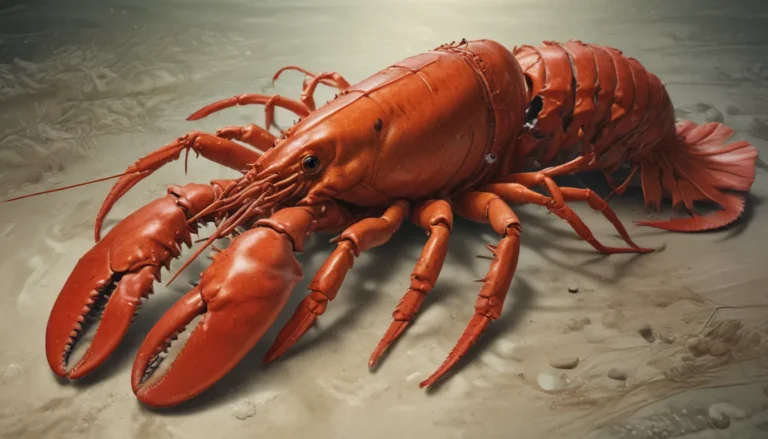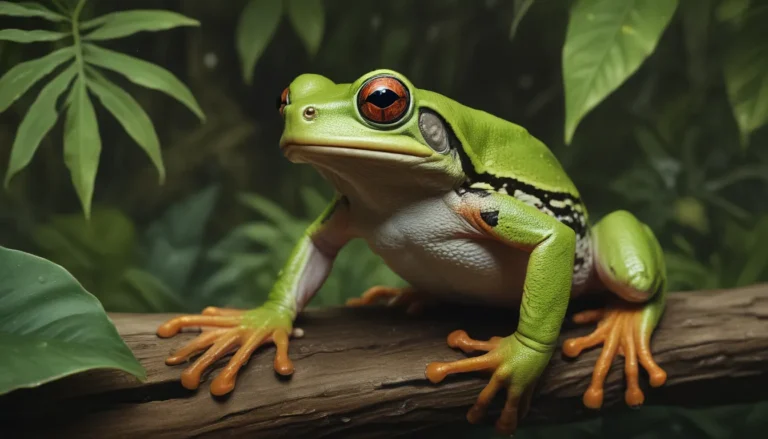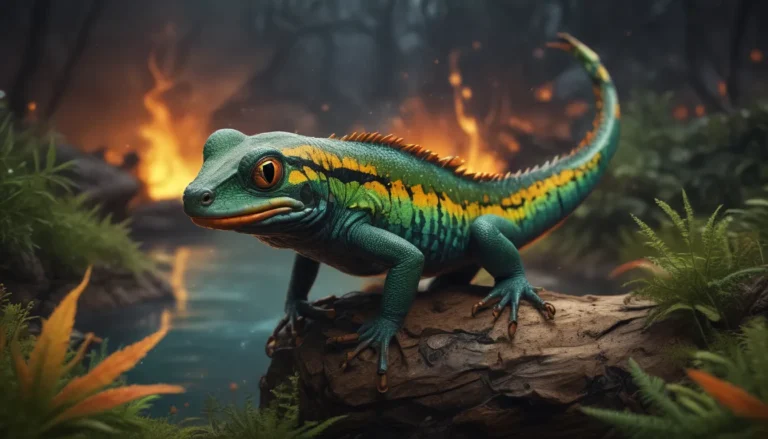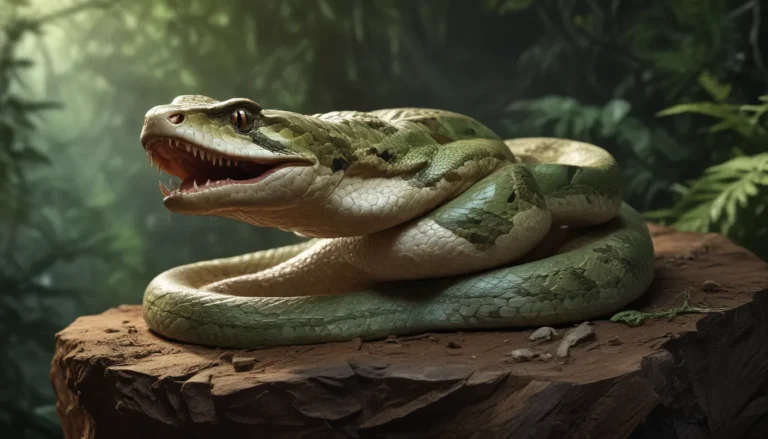The pictures we use in our articles might not show exactly what the words say. We choose these pictures to make you interested in reading more. The pictures work together with the words but don’t take their place. The words still tell you the important facts.
In the vast savannas and woodlands of Southern and Eastern Africa, a magnificent antelope species roams gracefully, captivating the hearts of wildlife enthusiasts and photographers alike. The kudu, with its iconic spiral-shaped horns and elegant appearance, possesses several unique traits and behaviors that set it apart from other antelopes. From their exceptional jumping ability to their intricate social structure, there is much to learn and appreciate about these majestic creatures. Join us on a journey as we explore 17 fascinating facts about kudus, shedding light on their habitat, physical characteristics, diet, mating rituals, and more.
The Marvelous Kudu: An Introduction to Africa’s Iconic Antelope
The Kudu, a member of the Bovidae family, stands out for its beautiful spiral horns and striking appearance. Native to eastern and southern Africa, including countries like Kenya, Tanzania, Zimbabwe, and South Africa, kudus prefer habitats with dense vegetation, such as woodlands and savannas.
Unveiling the Beauty of the Kudu: Physical Characteristics
One of the most distinguishing features of male Kudus is their impressive spiral horns, which can reach lengths of up to 5 feet. These magnificent horns are used for display and competition during mating season, while females lack horns, believed to aid in movement through dense vegetation and protect their young.
The Graceful Jumpers: Kudus’ Unique Abilities
Kudus showcase exceptional jumping abilities, effortlessly leaping over fences and obstacles with heights of up to 8 feet. Their powerful hind legs enable them to be skilled escape artists when facing predators.
Dining Habits: What Do Kudus Eat?
As herbivores, kudus primarily feed on leaves, grass, fruits, and herbs. Their selective browsing nature allows them to have a diverse diet depending on the availability of food in their habitat.
Communication Among Kudus: The Art of Connection
Kudus utilize a variety of vocalizations, body language, and sounds like low grunts and clicks to communicate with each other and warn of potential dangers, showcasing their intricate social structure.
Masters of Disguise: The Camouflage Techniques of Kudus
The coloration and pattern of a Kudu’s coat play a vital role in effective camouflage, helping them blend into their natural surroundings and evade predators, a key survival adaptation.
Social Lifestyle: Kudus in Herds and Solitude
Kudus typically live in small herds consisting of females and offspring for protection against predators, while males are often solitary or form bachelor groups, showcasing their social behavior dynamics.
The Circle of Life: Reproduction in Kudus
Female Kudus have a gestation period of 7-8 months before giving birth to a single calf. The newborn can stand and walk within hours of birth, showcasing the resilience of the species.
Speed and Agility: Kudus as Swift Creatures
Renowned for their agility and speed, kudus can reach speeds of up to 70 kilometers per hour, enabling them to swiftly evade predators like lions and hyenas in the wild.
Dental Adaptations: Teeth for Browsing
Kudus have specialized teeth adapted for browsing on leaves and twigs, with sharp-edged incisors and a gap between their front teeth allowing them to efficiently crop vegetation.
Mating Behavior: Monogamy in Kudus
During mating season, male kudus establish territories and compete for females, forming pairs that usually remain together until the next breeding season, showcasing monogamous behavior.
Conservation Concerns: Threats to Kudus
Despite their adaptability to diverse climates, kudus face threats from habitat loss and poaching, with their trophy qualities making them vulnerable to illegal hunting, emphasizing the need for conservation efforts.
A Versatile Species: Kudus Thriving in Varied Climates
Kudus have successfully adapted to thrive in a range of climates, from arid savannas to dense forests, showcasing their ability to inhabit various ecosystems throughout Africa.
Surviving Without Water: Kudus’ Unique Adaptation
Kudus have the remarkable ability to obtain moisture from the plants they consume, enabling them to survive for extended periods without directly drinking water, a crucial survival adaptation.
Protecting the Kudus: Conservation Efforts Needed
While legal and illegal hunting pose threats to kudus for their trophy qualities, responsible and sustainable hunting practices are essential to safeguarding their population and habitats.
Conclusion: Embracing the Wonders of the Kudu World
Kudus are truly fascinating animals with unique attributes and behaviors that showcase their resilience and beauty in the animal kingdom. Exploring the world of kudus can be a rewarding experience for wildlife enthusiasts and nature lovers alike, offering insights into the remarkable capabilities of these majestic creatures.
FAQs About Kudus
- Q: What is the average size of a kudu?
-
A: Male kudus can reach a height of up to 1.4 meters at the shoulder, while females average around 1.2 meters.
-
Q: How long are their horns?
-
A: Male kudu horns can grow up to 1.8 meters in length, while females have shorter, thinner horns.
-
Q: What is the purpose of their spiral-shaped horns?
-
A: Kudu horns serve multiple purposes, mainly for defense against predators, regulating body temperature, and producing resonant sounds during mating rituals.
-
Q: What do kudus eat?
-
A: Kudus are herbivores, feeding on leaves, grass, shoots, and fruits, with a preference for young shoots and leaves.
-
Q: Do kudus live in herds?
-
A: Yes, kudus are social animals, typically found in small herds consisting of around 6 to 10 individuals, with larger groups observed.
-
Q: Are kudus endangered?
- A: While some kudu sub-species are listed as Near Threatened or Vulnerable, the overall population is stable, although threats like habitat loss and poaching persist.
Discover the World of Kudus With Confidence
As you delve into the captivating world of kudus, remember that each fact shared is carefully curated to provide you with accurate and engaging information. Embrace the beauty and resilience of these remarkable creatures while staying informed about the challenges they face. Join us in celebrating the majesty of the kudu and the wonders of the African wilderness.
